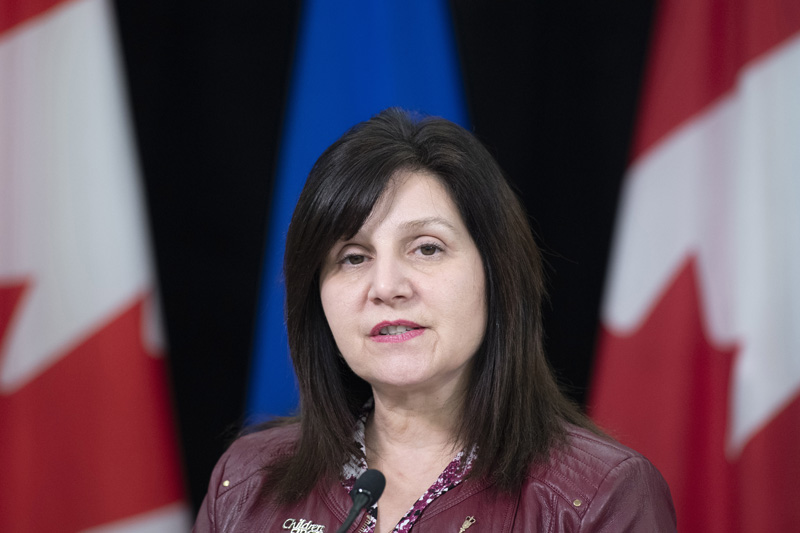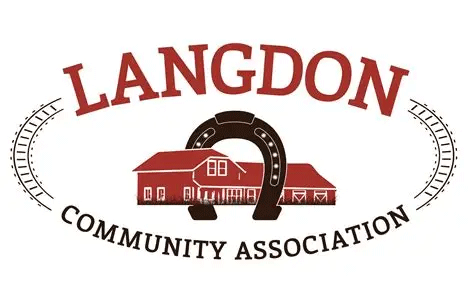Schools across Alberta will implement new measures to ensure students and staff are safe during the upcoming school year in response to COVID-19.
“Our guiding principle is to always put safety first for our students, and for our safety,” said the Minister of Education Adriana LaGrange.
“I’m pleased to say we have a pragmatic plan that lays out the different scenarios our schools may face come September,” LaGrange said.
The government of Alberta announced three possible scenarios for how schools will look come September.
The first scenario, and the targeted scenario, is near normal operations of schools, students will return to their daily in school classes with some health measures.
The second scenario would have partial school classes due to additional health measures, while in the third scenario students would continue to learn at home.
“Our goal is to get us back to normal learning as soon as possible,” LaGrange said.
“Teachers, school boards, and parents did their absolute best to adapt to a different way of learning, as they guided and supported students at home since March,” she said.
“Our students did their best to adapt to that learning at home. We all know, that students learn best in classrooms with their teachers and their peers, provided that it’s safe to do so,” she added. “I know parents are keen to see what school may look like in the next year and if students will walk into their classrooms on the first day of school.”
After flattening the COVID-19 curve, LaGrange anticipates students will be learning in person in September. However, the government of Alberta will make the final decision on the scenario that all schools will follow by Aug. 1.
“As I’ve stated we are targeting a near-normal operation with health measures in place. With that said, all school boards will need to be ready to transition from one scenario to the other on short notice to adapt to any changes of the COVID-19 situation,” LaGrange said.
“How we return to in-class learning may vary regionally and will depend on the number of COVID-19 cases in total in that area,” she said.
“The reality is that the COVID-19 environment requires all of us to be flexible and nimble throughout the next school year. Everyone has a role to play to support the safe return of the in-school classes and reduce the risk of transmission of COVID-19,” she said.
Which scenario schools follow will be determined by the government of Alberta based on public health guidelines, and not by local school authorities.
“School authorities will have the autonomy to determine how they meet the public health guidelines issued under each scenario, and they will be responsible for developing their own academic calendars,” LaGrange said.
The health precautions schools are required to follow will include frequent hand washing, sanitizing before and after entering the school and classrooms, and increased cleaning of surfaces in schools and busses.
Parents will also have to keep students’ home when sick, and family members who have symptoms must not enter the school.
In scenario one, which is near normal operations, students and staff are asked to, when possible, practice physical distancing as a precaution to prevent the spread of COVID-19.
In classrooms, busses, and during activities when physical distancing may not be possible, an extra emphasis will be put onto other hygiene practices.
If school authorities were to transition to scenario two at any point, stricter health measures would be implemented, including physical distancing of two metres, and a recommended maximum of 15 people in a classroom.
Should the maximum number of students in a classroom decrease to 15, students would attend school on a modified schedule, and it would be up to the local school authority to create a class calendar.
“We have tried to strike a balance in the re-entry plan to provide standardized approaches in some areas, while also providing flexibility for schools to do what works best in their communities,” LaGrange said.
“The comprehensive re-entry plan provides clarity on areas such as student learning, transportation, specialized supports for students with special needs, mental health supports, extracurricular activities, and provincial exams,” she said.
Adding, “We worked closely every step of the way with teachers, with school boards, and with parents.”
Without the feedback from educational partners, the government of Alberta wouldn’t have been able to shape the school re-entry plan.
“I am grateful for everyone’s contributions,” LaGrange said.
“I hope parents and students can take comfort in the extremely likely possibility of a return to their local school in September,” she said.
Adding, “While things will not be exactly as they were before the pandemic, students will be back learning in an environment they know.”








